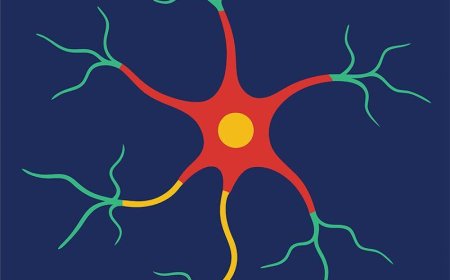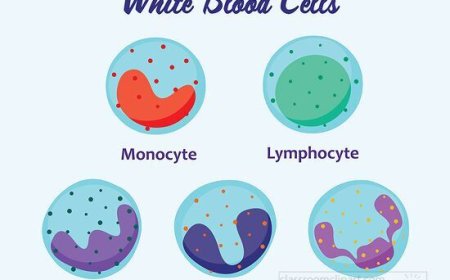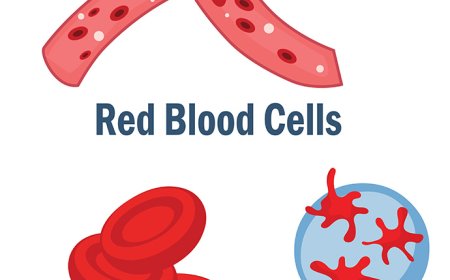How Bones Grow and Heal for Kids – A Guide to Your Living Skeleton
Learn how bones grow and heal for kids. Discover how your skeleton changes as you grow, how bones repair after injury, and what keeps them strong and healthy.
🦴 How Bones Grow and Heal: A Student’s Guide to Strong, Living Skeletons
Bones might seem hard and still on the outside, but they’re very much alive on the inside. In fact, your bones are constantly growing, repairing, and changing—even while you sleep! As a child or teen, your bones are busy getting longer, thicker, and stronger. And if you ever break a bone, your body jumps into action to fix it, almost like a construction crew repairing a road.
Let’s explore how bones grow during childhood and how they heal if they get hurt.
🧒 How Bones Grow
You were born with around 270 bones, but as you grow, some of those bones fuse together, leaving 206 bones in adulthood. Each bone grows in size and strength thanks to special areas called growth plates.
What are Growth Plates?
Growth plates are soft areas of cartilage found near the ends of long bones. These are the parts where new bone cells are made. As you get older:
- Growth plates turn from cartilage into solid bone
- Bones get longer and thicker
- Growth plates eventually close when you stop growing (usually in your late teens)
This process is controlled by hormones and supported by the nutrients you eat.
🧠 What Helps Bones Grow Strong?
Growing bones need the right building blocks. You can support your skeletal growth by:
- Eating foods with calcium and vitamin D (milk, yogurt, leafy greens, eggs, fish)
- Getting regular exercise, especially weight-bearing activities like walking, dancing, or jumping
- Drinking water to keep bones and joints hydrated
- Getting enough sleep, when your body repairs and rebuilds tissue
Healthy habits = healthy bones!
🩹 How Bones Heal After an Injury
If you break a bone, your body immediately starts repairing it—just like fixing a crack in a wall.
The 4 Stages of Bone Healing:
-
Inflammation (Days 1–7)
- Blood rushes to the break
- Swelling and pain happen as the body cleans the area
-
Soft Callus Formation (Week 1–3)
- A soft lump (callus) made of collagen starts to form
- New cells begin to rebuild bone tissue
-
Hard Callus Formation (Week 3–8)
- The soft callus turns into hard bone
- The break becomes more stable and less painful
-
Bone Remodeling (Months)
- The bone reshapes itself and becomes strong again
- Over time, it looks just like the original bone
Doctors use casts, splints, or surgery to help bones stay in place while they heal. Most kids and teens heal quickly—sometimes even faster than adults!
🧬 Fun Fact: Bones are constantly renewing themselves!
Even if you don’t break a bone, your skeleton is always replacing old bone with new bone tissue. This process is called remodeling and it helps keep your bones strong.
🎉 Fun Facts About Bone Growth and Healing
- The femur (thigh bone) can heal in about 6–12 weeks after a break
- Babies’ skull bones are soft and not fully joined to allow brain growth
- Bone is the only tissue in the body that can fully heal without scarring
- By the time you're a teenager, you’ve replaced most of your baby bones with stronger adult bone
- Most bone growth stops by around age 18 in girls and age 21 in boys
🧠 Vocabulary
- Growth plate – A soft area where new bone is made during growth
- Cartilage – A flexible material found at the ends of bones
- Calcium – A mineral that makes bones strong
- Vitamin D – A nutrient that helps the body absorb calcium
- Callus – New bone tissue that forms at a break site
- Remodeling – The process of old bone being replaced with new bone
- Fracture – Another word for a broken bone
- Fusion – When two bones join together as you grow
- Inflammation – Swelling and redness after an injury
- Bone marrow – The soft part inside bones where blood cells are made
✅ Interactive Quiz: Bone Growth & Healing
1. What helps bones grow longer?
A. Muscles
B. Tendons
C. Growth plates
D. Nerves
2. Which mineral makes bones strong?
A. Iron
B. Sodium
C. Calcium
D. Sugar
3. What is the first stage of bone healing?
A. Remodeling
B. Callus formation
C. Inflammation
D. Growth plate closure
4. What is bone remodeling?
A. Coloring bones
B. Turning cartilage into fat
C. Replacing old bone with new bone
D. Breaking bones on purpose
5. When do most bones stop growing?
A. Around age 5
B. In the teen years
C. At birth
D. Around age 30
🧒 Kid-Friendly Summary
Your bones are alive and growing! As you get older, your bones get longer and stronger thanks to growth plates. If you break a bone, your body repairs it in stages, and soon it's strong again. You can help your bones stay strong by eating well, moving your body, and getting enough sleep!






















































